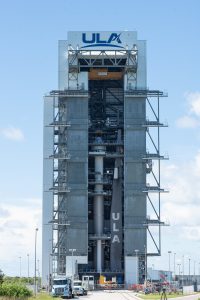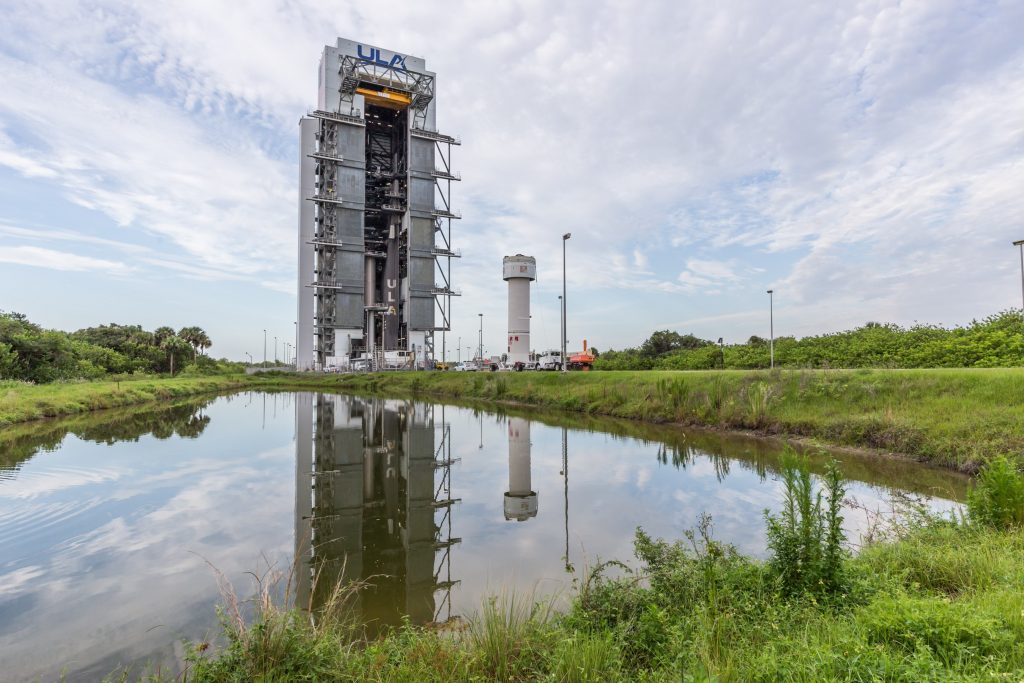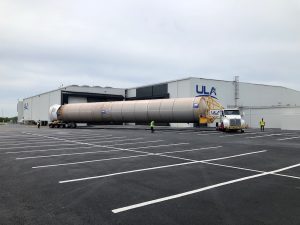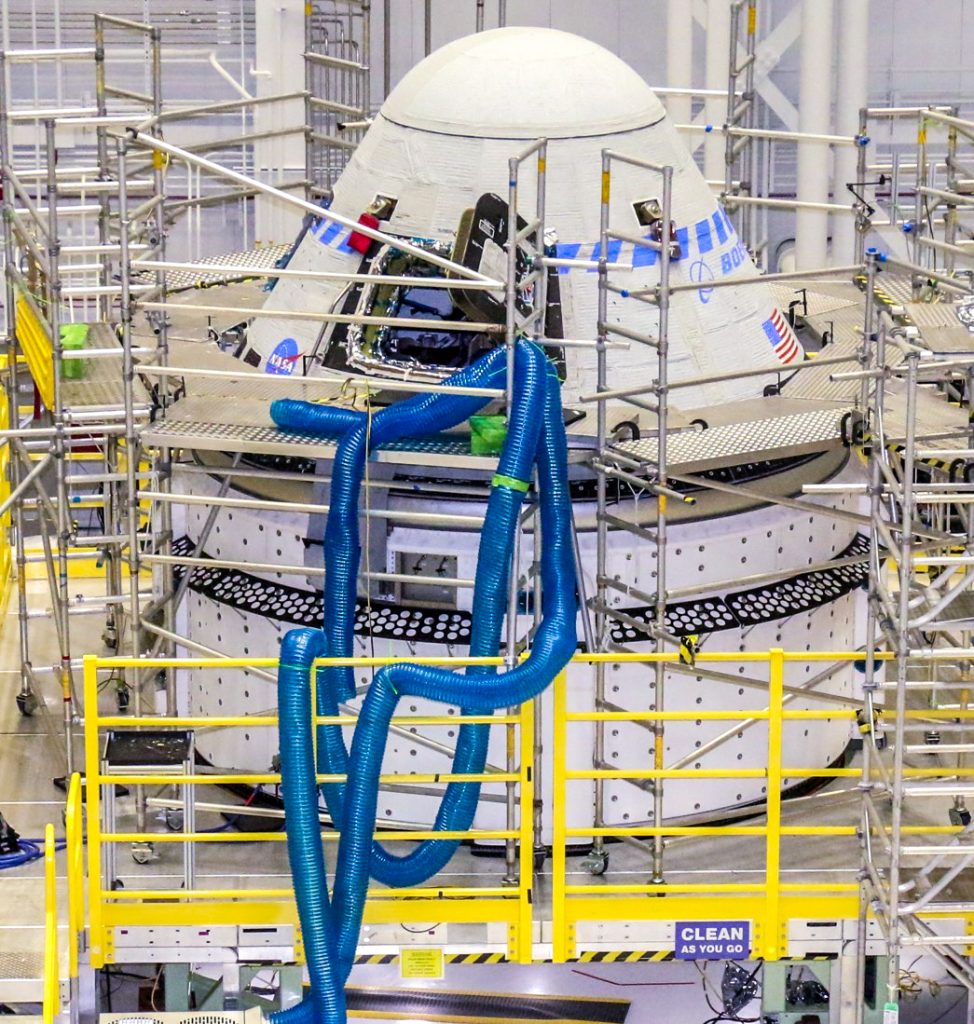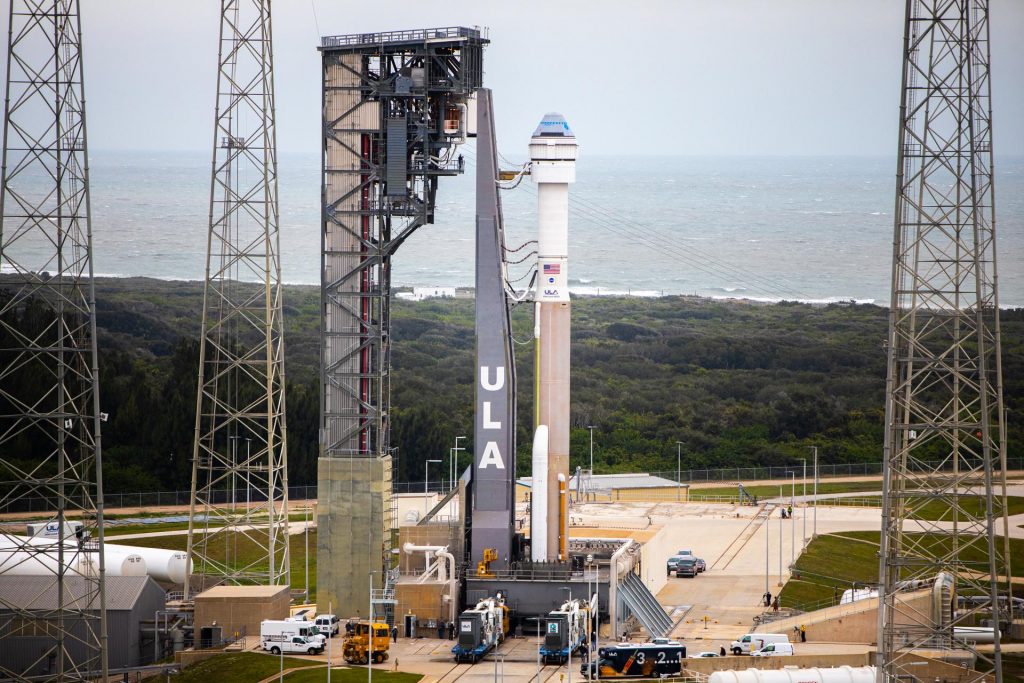NASA and Boeing are standing down from the Wednesday, Aug. 4, launch attempt of the agency’s Orbital Flight Test-2 to the International Space Station as mission teams continue to examine the cause of the unexpected valve position indications on the CST-100 Starliner propulsion system.
Early in the launch countdown for the Aug. 3 attempt, mission teams detected indications that not all valves were in the proper configuration needed for launch. Mission teams decided to halt the countdown to further analyze the issue.
NASA and Boeing worked through several steps to troubleshoot the incorrect valve indications, including cycling the service module propulsion system valves, within the current configuration of the Starliner and United Launch Alliance Atlas V rocket at Space Launch Complex-41 on Cape Canaveral Space Force Station in Florida.
Mission teams have decided to roll the Atlas V and Starliner back to the Vertical Integration Facility (VIF) for further inspection and testing where access to the spacecraft is available. Boeing will power down the Starliner spacecraft this evening. The move to the VIF is expected to take place as early as tomorrow.
Engineering teams have ruled out a number of potential causes, including software, but additional time is needed to complete the assessment.
NASA and Boeing will take whatever time is necessary to ensure Starliner is ready for its important uncrewed flight test to the space station and will look for the next available opportunity after resolution of the issue.




